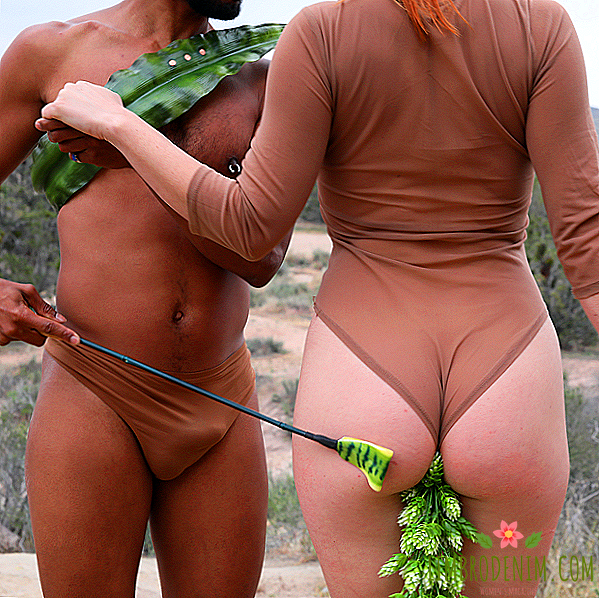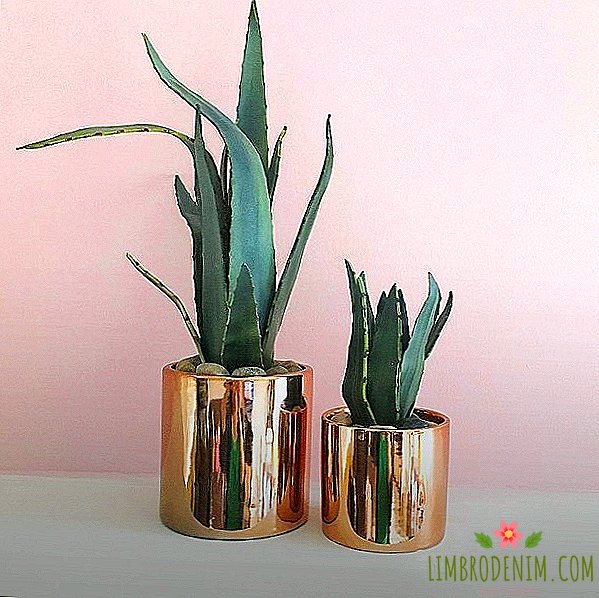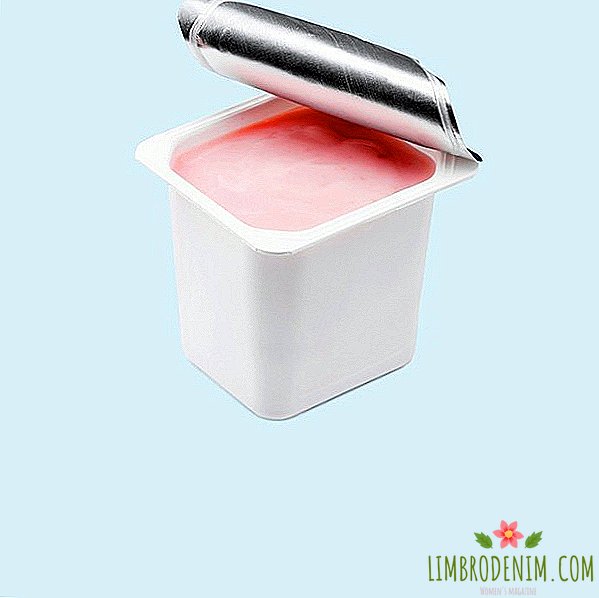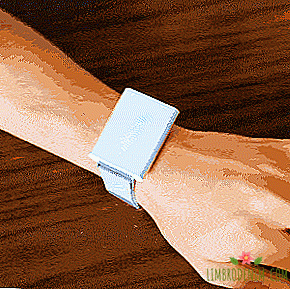Osome2some about clear fashion and crazy prices
Anna Andrienko and Natalia Buzakova founded the brand osome2some in 2009, under which produce uncluttered clothing for everyday life. Their iconic thing is cozy coats; they are presented in the Tkachi space and in the brand’s Moscow showroom. Without a special education, the girls created one of the most commercially successful Russian young brands on their own enthusiasm and without third-party investments. We talked to osome2some about how to make fashion a profitable business in Russia, what obstacles create buyers, whether young designers need to participate in a trade show and how not to be afraid of anything.

 Let's start with the main thing: how to be Russian designers and not burn out?
Let's start with the main thing: how to be Russian designers and not burn out?
A designer of any brand always has his own commercial moves - like a Stella McCartney jacket. These are things that make you a cashier, DNA stamps. The hit is important, the Sign Thing. Some people go very well on mono products - because it is just clearer. Someone makes collars, someone - sweatshirts. Okay, make a sweatshirt, but with interest, with love. You can not just take and start making sweatshirts, stick on them hipster logo and sell. It turns out everything is so fashionable, but does not touch. It is unlikely that something will come out if you decide to be a designer because it is fashionable, or a photographer because you like some pictures and you also want to shoot. Sometimes it also happens that there are initial investments, but there is no buzz anyway, because there is no motivation from the outset.
 Another problem with prices: it is believed that many Russian designers are unreasonably expensive.
Another problem with prices: it is believed that many Russian designers are unreasonably expensive.
As an example, you can take a pleiad of Kiev designers: among them there are several unconditionally commercially successful ones, like Bevza, in whose collections you can find items for 1000 euros. But behind this is quality, campaigns, shows - these prices are determined by the strength of a well-established brand. Young brands, which set the same high prices, rarely go into profit, young designers have very high prices. Of course, it is made up of the price of the fabric they buy, the work of seamstresses, the cost of the show, and public relations. All this together makes an incredible amount, which translates into very heavy prices for things that will not buy.
 Because why spend so much on an unknown name, if for as much or even cheaper you can buy an evening dress Carven.
Because why spend so much on an unknown name, if for as much or even cheaper you can buy an evening dress Carven.
Of course, we also encountered such a problem, we went through all this. We had a salary of 5 thousand rubles a month each, because we invested all the money only in the brand and we lived half-starving ourselves. But, except to wait and endure, there is no other option. In addition, we have always had low prices. Our landmark coat is now in the range of 15-20 thousand rubles. Conditional coat Carven in Moscow will cost more by an order of magnitude, 25-30 thousand. This is a heavy big thing.

 So a democratic brand has more chances to become profitable? When did you start making money on your clothes?
So a democratic brand has more chances to become profitable? When did you start making money on your clothes?
Recently. We simultaneously opened a store in Moscow, moved to a small store in St. Petersburg. Just some kind of divine puzzle formed, an important detail of which is to pump the production. The designer can not place his order on third-party production, it is simply impossible. You can't track anything. And our pride that we seamstresses get very well. It is important for us that those who worked with us are happy, so that the seamstress at the salary is almost like ours. In addition, all seamstresses come to our show, even on backstage. These are people who have been in business for a long time, they worked in large fashion houses of that time, old school, they have a very high quality standard, a clear approach.
 And what exactly needs to be done to stabilize the situation and people are finally able to afford your coat?
And what exactly needs to be done to stabilize the situation and people are finally able to afford your coat?
First of all, it is necessary to overcome customer distrust of Russian brands. Many believe that in Russia, first of all, it is not the design that is important, but quality - especially this approach flourishes in St. Petersburg. The strangest thing is that it is not even important for people that this thing will be worn for a long time, but simply the fact that it is stitched qualitatively. Previously, we were constantly told: "Oh, you have such a good quality." Although in reality very few people buy things because of their quality - designers buy for design. Suppose I come to Paris and see a thing in the store. I like her so much that I realize that I cannot live without her, and I don’t give a damn when she falls apart. Maybe I am such a person, maybe there are more practical people. Anyway, we have formed a circle of loyal customers who buy everything from us. There are not so many of them, but they are real adherents of the brand, literally in love with it.
 Where do such people come from? How will they know about you?
Where do such people come from? How will they know about you?
They came to us about a year and a half ago and since then with us together. The show at Aurora Fashion Week confirmed this - going beyond the backstage you can see that half the guests of the show are wearing your clothes. We are not familiar with them, we do not live in the store and did not sell them things personally. But they wear our total bows. It’s not exactly mature female girls, but they are all very accomplished and self-sufficient. I flew from Milan with our client, which I did not know then, she sat, looked at me for so long, and then said: "Are you Natalia, the brand designer?" I laid out her coat in instagram, and we chatted. She said: "And I, on the contrary, left a stash, well, why would I need Dolce & Gabbana, I better go to you."
 That is, the audience of Russian designers just fed up, they already have everything?
That is, the audience of Russian designers just fed up, they already have everything?
Yes of course. And they don't want to wear cliché things like a pink Carven coat. It seems to me that they like, that there are heroes of their time. Why buy brand things that hundreds of unknown people are working on, when there are real people around who walk with you on the same land. They feel they are helping us. Similarly, there is no point in impressing any mythical audience.
 And in how many copies do you, on average, release one coat?
And in how many copies do you, on average, release one coat?
Depends on the model, of course. There are super-chitos, for example, a classic beige coat that hangs on a mannequin in our store, we have been producing it for three years without stopping, it is even impossible to say how many copies have been sewn. And there are some models that, on the contrary, are rare. For example, a leather jacket from Missoni, similar to a carpet. We managed to grab it in Italy and we could not resist. They will be pieces of 15-18 in total.

I sewed since childhood, and Anya too. We have been friends since high school, from the fifth grade, that is, already twenty years

 15 bombers is a good amount for a Russian designer, given that many brands are made one by one, two or three things are sewn.
15 bombers is a good amount for a Russian designer, given that many brands are made one by one, two or three things are sewn.
No, here is another story altogether. It happens that a few beige coats are bought every day. One seller is our mom first. She just helped us change our customer base. Because we have been sitting on a hipster diet for a very long time: we are young, open, and naturally, we were attracted to the same young, open and loafers. And my mother came and made a little clear, said: "But you do not understand that clothes are not for these people just?" She began working in a store and with her energy attracted a more adult audience.
 What does the availability of your stuff come from? Fabrics cheaper?
What does the availability of your stuff come from? Fabrics cheaper?
We do not sell things in other stores and therefore keep such prices. If the store wants to buy this coat, it will cost as a result 40 thousand, and so we have the opportunity to sell it to our customers for 20. We want cool stores, but what do they want? So that we equal the prices. And we do not want. In addition, the majority of the position "Russian designers only for implementation." And we say: "And why are we worse - because we are being sent away in Russia, and not in China?" - like some spittle. It seems to me that some disrespect. Themselves, too, Russian, and Russian somehow worse. We are not going to this, let it be better, everything will be unwinding more slowly. Maybe we have our own such theme, maybe we will never be sold anywhere.
 And what is your education?
And what is your education?
Economic.
 And how did you come up with a brand?
And how did you come up with a brand?
I sewed since childhood, and Anya too. We have been friends since high school, from the fifth grade, that is, for twenty years now. We met in Ibiza and I told her that I wanted to quit everything, tired of this damn office job. Anya says that she, too, and that she had a dream of magic, where I am leaving somewhere. And I say: "I just gathered in India." She says: "And I'm with you." And we went. They took the patterns, some small collection and went specifically to Varanasi, this is a city on the Ganges River. We were told where to buy what. We went all out there in general, of course, from India. There are production, which for three hundred years, family factories, make raw silk, which bought the entire French courtyard. We bought this raw silk, threw it on ourselves and took a rickshaw to the train station to go to Nepal. We arrived first by train, then we moved to jeeves. We moved from it to the rickshaw, the rickshaw drove us to the border, said: "All right, get out." In general, we arrived in Nepal, in Kathmandu. We were told where to go, that there are a lot of small factories on Trik Street where you can sew a collection very inexpensively.
And while we were in Varanasi, we went to the concert of Zakir Hussein with a friend from England, to whom we basically arrived in Varanasi. And so we, the only girls at this concert, are being photographed for a local newspaper - because the Shivratri festival is on and the Indian girls have been going home for three weeks. Then Leon, this English friend of ours, came to Nepal and brought us a newspaper with our photo and the caption "Awesome threesome: Anna, Leon and Natalia". So our name was born, we just removed Leon. True, he was offended a little.
In general, we were already at a low start, brought all the sewn things to St. Petersburg, arranged a photo session for ourselves, where Anya and I revealed ourselves as models. It seems to me that any girl’s dream is to act with a serious face. We are still so plump, short, but posed. Then they brought a page on Mayspace, although it is generally for musicians, and left for London. We went, naturally, to Camden, settled there for the sale of things, shut off the table, printed out photos from the photo shoot.
 There you can just come and put the table?
There you can just come and put the table?
Yes, it's a market. We met with Fumie Kimura, a designer with McQueen, a fan of India, a space woman in general - a Japanese woman of strict style, with dreadlocks. We tell her: "Fumie, teach us to build a jacket." Jacket, shoulder product in general - this is our all now. Everything is near and everything is possible, London has really expanded our horizons. We bought sewing machines, Fumie taught us everything. We have a stylist Beyonce bought the top, when we just decomposed on the road. Everything is close there: for example, "Oh, Vivienne Westwood has gone." When you sit in Russia, you have a feeling that everything is somewhere far away, everything is impossible, very scary, these are some kind of demigods.
 So, what is next? Returned, decided to make a brand in Russia?
So, what is next? Returned, decided to make a brand in Russia?
Then we went to India again, lived in Goa, worked on the night market. By the way, in India, we had the first buyers, the Americans, who called us to the Burning Man. Then we returned to Russia, immediately lost our passports and realized that it was time to stay here. Somehow the time just came, we calmed down and grounded.
 How did you come up with the idea of sewing basic things, such universal hits, coats?
How did you come up with the idea of sewing basic things, such universal hits, coats?
In general, we are very cool to work with thick fabrics, double silks, dubbed. This is a fact. Then there is this aesthetics, remember, mom, coat, 80s, they all brought up that a coat is a thing. I remember that my mother had ten coats in the wardrobe, my father's salary went to her mother's coat. This is somehow very significant. You put on - you immediately lady. We sell coats even in summer! At Lambada, I had a turn at forty plus to try on a coat. All the girls were wet in bathing suits and coats.
 Suppose a beige coat will always be popular, but are you trying to build some kind of economic strategy?
Suppose a beige coat will always be popular, but are you trying to build some kind of economic strategy?
We feel something intuitively. Calculate in Russia nothing is impossible. Now a lot of interest in the lower group. Dresses, shirts are very cool. In color, we also noticed. For example, people have just now gone to the blue, and three years ago we sewed a blue coat. I did not understand how to live without him, the roll of fabric lay, and then the hype. The trend has gone a long time ago, and reached only now. People need to get used to, apparently. We also need to adapt. Mom always scolds us for it - we are tired of the same beige coat, but there is a demand. Sometimes you walk down the street, a girl in this coat walks over you - it's fucking beautiful, really. Although as a designer I want to break up, of course.

If there are such rules in Russia, it is easier to adapt, to walk in small steps.

 but you actually went to this for six years before the shot.
but you actually went to this for six years before the shot.
Yes, we realized that we should not do the sunset manually and try to invent something that is not here. If there are such rules in Russia, then it is easier to adjust, to go in small steps. For example, to make shows and invite their clients there, who are really pleased when they see all these things on the podium. Maybe some kind of breakthrough will happen, maybe it will really be foreign buyers.
 Are you interested in Opening Ceremony?
Are you interested in Opening Ceremony?
Yes, they are just waiting for the lookbook. In principle, they came especially to us and Leonid Alekseev.
 But he is doing some other story now.
But he is doing some other story now.
Yes, he is making a uniform for the Emergency Situations Ministry in Moscow and he moved in general, it seems. Even our supplier of fabrics asked: "Where is Leonid Alekseev? Previously, I bought so much."
 And what do you think about these big exhibitions, where designers come, make their own corner?
And what do you think about these big exhibitions, where designers come, make their own corner?
Russian designer is not ready for this, for this you need a very powerful financial backup. It is necessary to show the contract with the production, to confirm the capacity of this production. Trade shows are very demanding. We once decided to participate in the "Rendezvous", this is a very cool trade show in Paris. I go to their site, it says: "Sorry, I went on a world tour, so in the near future there will be no trade show." We are: how? That's how. It is clear that all this is done by people, not some robots. But seriously, all these trade shows need to go for five years in a row, where to get money for this? Everything is clear here. Here on Sunday we will make a sample-sale, people will come, we will pour champagne to everyone. We are a small brand, what we will be sprayed? For now, you really have to look at things.
 How important are global trends for you? Or is everything going its own way in Russia?
How important are global trends for you? Or is everything going its own way in Russia?
Naturally, we observe where the fashion is moving: so, the pastel has gone, we add this gamut. It `s naturally. But it seems to us that the designer’s task is to create his own thing, without which a person cannot live. When we, for example, made a shirt with an open back with a basque, the girls could not sleep. All came and really was a queue. Or a summer coat made of fine wool. Or now we have made our iconic cocoon-coat from double-cut organza. It is just fantastic. Naturally, the girl can not live without him. But we had no idea about such a trend. I want the girl to just get dressed and go pretty. Do not bother the girl head.
Things designer can be found in St. Petersburg: "Weavers", 1 floor, nab. Bypass Channel, 60
Thanks for the help in organizing the shooting and interviews with the Aurora Fashion Week team.




